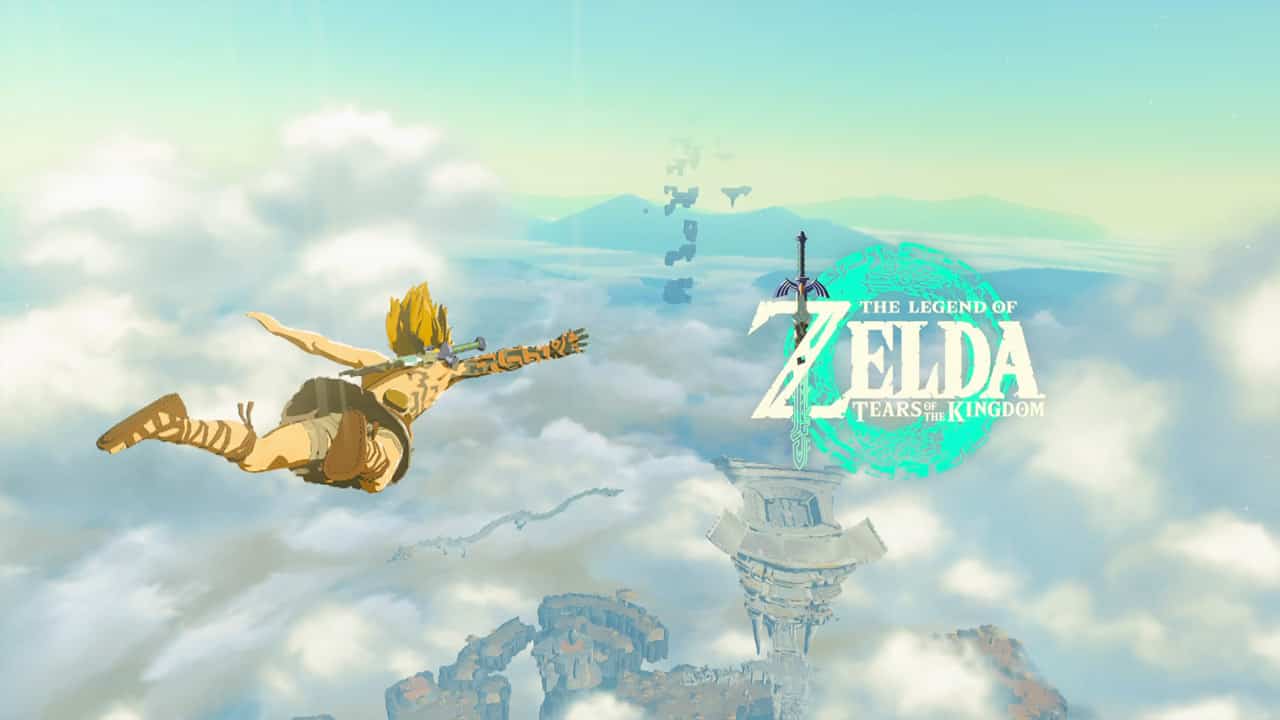Video Gamer is reader-supported. When you buy through links on our site, we may earn an affiliate commission. Prices subject to change. Learn more
The launch of Tears of the Kingdom is well upon us, and with the game has come a wealth of well-deserved praise for the latest Zelda title – despite launching on a console that is, at this point, over six years old.
And yet, with the release – the age-old graphical argument has reared its head again. There are those who have decried TOTK’s older visuals – with trends like ’20FPS’ doing the rounds on Twitter – and think that the new game is worse off for not including modern graphical comforts such as ray tracing, 4K resolutions or high framerates. We’ve seen comments like those of the original God of War creator calling the game’s visuals “bland” and even people going so far as to edit modded versions of the game on PC to add ray tracing.
Just two months ago, I argued that the visual quality of what we’d seen so far wouldn’t be the deciding factor on how good the final game would be. Of course, it’s a debate that won’t ever truly go away – and though I don’t think anyone can argue “better” visuals would be nice, I think it’s hard to see how a lack of modern graphical treatments are really holding the series back.
Just in the few days since the game’s released – we’ve seen ingenuity from the players that ranges from Tony-Hawk-esque shield-surfing to the creation of full-on Gundam mechs and even a fully functioning rocket ship. We’ve seen hilarity in many, many forms – whether that’s torturing poor Koroks or just simply the dumbest ways to die. Tears of the Kingdom has unlocked the creativity of the community perhaps in the biggest way since Minecraft. For a series that’s been around since the 80s to be able to have a resurgence in such a way is no mean feat.
That’s not to dismiss the value of graphics at all of course – it’s very right that gamers got annoyed when it was announced Redfall wouldn’t support 60FPS at launch. But as we would later find out, that was far from the game’s litany of problems, and eventually only became a footnote in its many, many issues that even caused Xbox boss Phil Spencer to apologise for letting fans down. Some people put a lot of stock in graphics – and while no-one is arguing they aren’t an important facet to a game, they’re certainly not the be-all-and-end all of a good game.
Let’s be clear here. Tears of the Kingdom is not the most impressive game, visually. But it has a great sense of its own style, making great use of the clouds and even the lack of draw distance inviting you to explore the foggy unknown – teasing you at what mysteries could lay in the clouds. And when I finally got to get my hands on the game on launch day, I was once again taken aback at the game’s opening screen, when the logo appears – because man, that is an objectively pretty opening screen, regardless of whether Link is soaring through “DLSS-enhanced volumetric particle effects” or not.

Some of my favourite games of the last few years have been those with more simplistic graphics – Unpacking and Vampire Survivors spring to mind – but it’s not necessarily because of those lesser graphics. It’s more that they’ve understood their limitations – and whether it’s because of or in spite of that, they’ve used what they have to play with well. That’s not to say I don’t enjoy games with great graphics too of course – Tetris Effect Connected and God of War Ragnarök are amazing recent titles that I had a lot of fun with – with the graphics certainly being one aspect sticking in my mind.
But in an age of ever ballooning – potentially unsustainable – game development, it’s worth questioning if we sometimes let ourselves get a little too caught up on the visuals, and not on the things that can truly make a game sing and be a memorable experience. Graphics are important, sure. But they’re only one piece of a whole, and it would do us well to remember that the next time we judge a game on sight alone.
At least until the next time this argument comes up in another three months, anyway.
Nintendo Switch OLED Model: The Legend of Zelda

Screen type
OLED
Color
Zelda limited edition (green)
Storage Type
Flash
USB Ports
2


